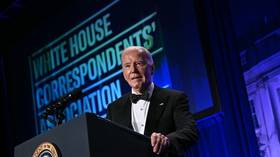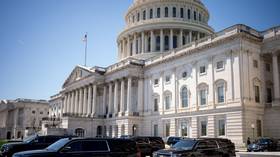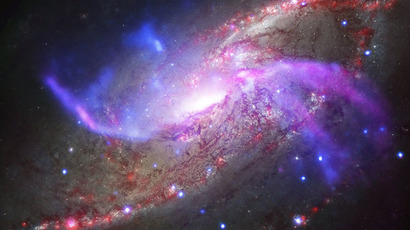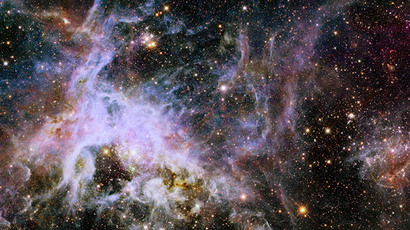NASA eyeing largest ever telescope to trump Hubble
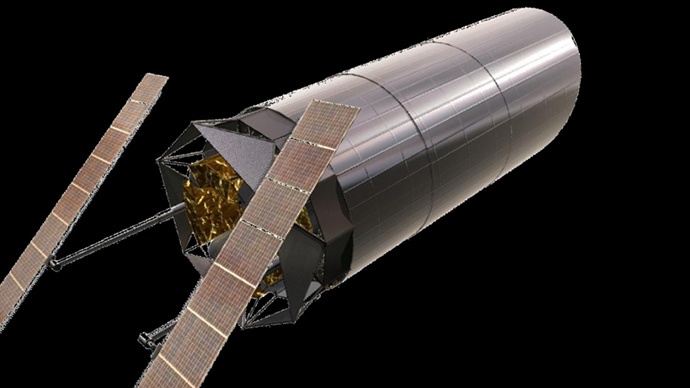
If there was ever a conclusive key to finding alien life, NASA’s new monster telescope concept could be it. It is said that the new device will rival the famed Hubble 2,000-to-1 in accuracy and provide answers to crucial questions.
The so-called 30-year vision of NASA’s, (plans include this device), intends to answer three pressing questions: are we alone, how did we get here and does the universe work? And the ATLAST will not only be able to peer further into space than anything we’ve ever imagined, it will answer questions about star formation, the interactions between dark matter and galaxies and everything in between.
“One of the killer apps currently planned for ATLAST is the ability to detect signatures of life in the atmospheres of Earth-like planets in the solar neighborhood,”said Dr. Mark Clampin, one of the project’s scientists.
The device comes courtesy of NASA’s Goddard Space Flight Center in Greenbelt, Maryland.
Although, currently, the JWST (the James Webb Space Telescope) is NASA’s near-future flagship, the agency is already studying the technical requirements and costs for building the ATLAST (the Advanced Telescope Large-Aperture Space Telescope), which is set to be its successor. This is while the JWST isn’t even scheduled to take flight until 2018.
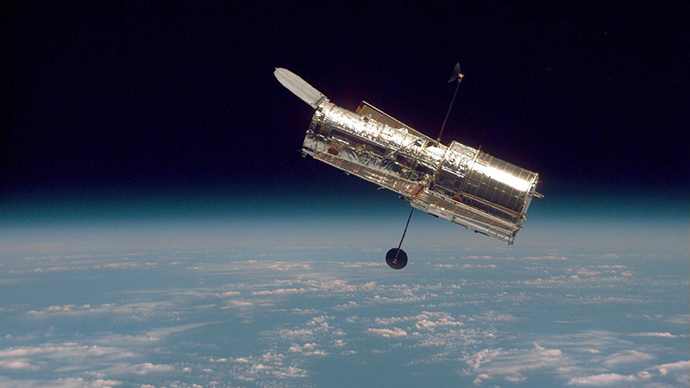
The space agency’s new toy will boast a primary mirror measuring 8-16 meters in diameter – that’s five to ten times more than the JWST – and allow scientists to carry out the most demanding observations of the universe. Researchers at the Space Telescope Science Institute explain “the greatest leaps… typically follow the introduction of radically new observational capabilities that bring previously unobserved phenomena into view.”
ATLAST will differ in design terms from the upcoming JWST and its sensitivity limit is said to be up to 2,000 times greater than that of the Hubble, which is sure to excite professionals and amateurs alike.
One lead engineer with the Goddard Center puts the telescope’s light-gathering capabilities at 17 times those of the Hubble, while Dr. Harley Thronson, senior scientist on the project, adds that “Atlast would achieve critically important science goals not possible with ground-based observatories, or with any other planned space missions.”
The telescope’s eye will be able to survey galaxies more than 10 million light years away.
Based on current information the machine will be placed in the same orbit as the JWST, although other details remain unclear at this point, including whether a shade will be attached to shield the device from starlight and so augment its reach into distant space.


